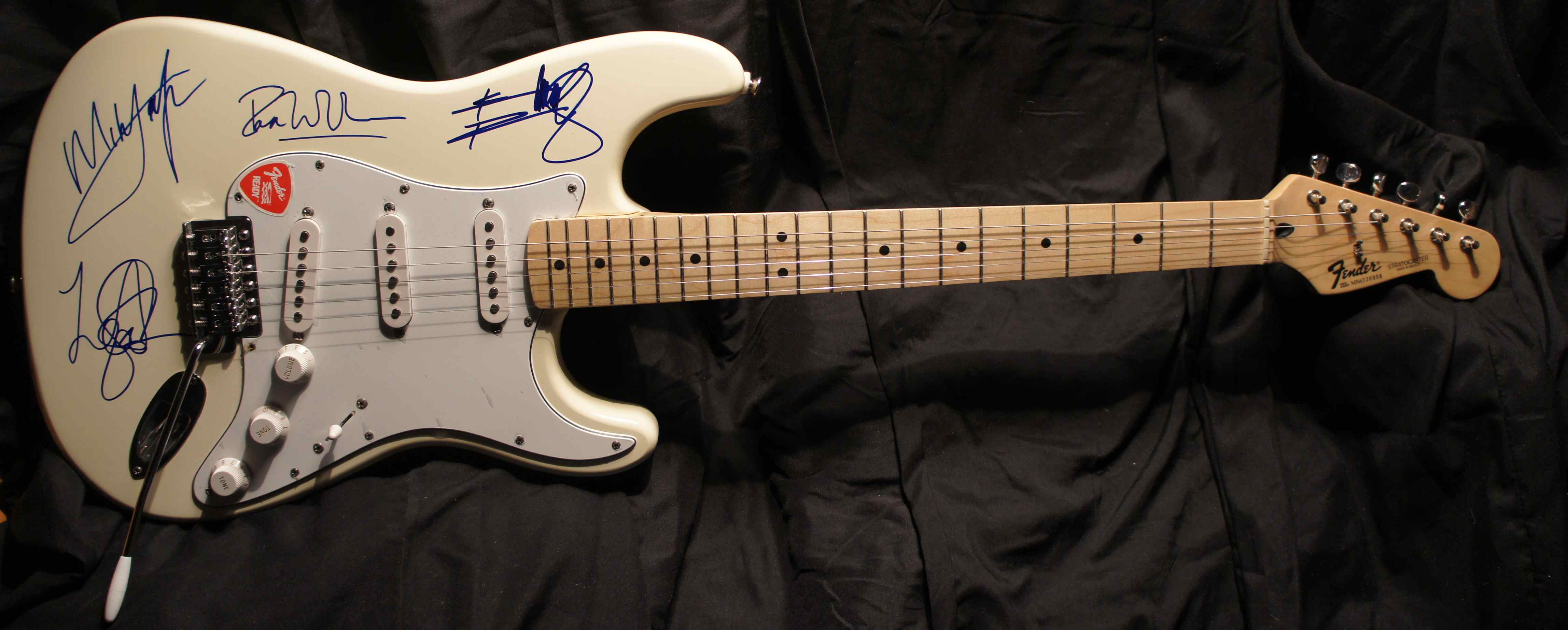May 18, 2010 Fender was sold to CBS in January 1965. Serial numbering didn’t change immediately because instruments continued to be made using existing, tooling, parts and serial number schemes. The chart below details Fender serial number schemes used from 1965 to 1976. Notice that there is quite a bit of overlap in numbers and years. The Fender serial number decoder currently supports all documented MIA, MIJ, MIM, MIK and MII formats with the exception of Custom Shop, Relic and Reissue instruments. Please note that fender serial numbers tend to overlap by at least a year, and thereby the date of your guitar can only be approximated. Enter Serial Number eg. They weren't managing the numbers in any way. The point is, don't read too much into Fender serial numbers. Pre-1977 Fender guitars have a serial number on the bridgeplate or neckplate. Serial numbers are basically chronological, but there is some overlap amoung years. Fender serial numbers were assigned like this: bin with serialized plates.

Want to know how to date your Fender guitar by serial number? Then you’re in the right place.
Just enter the number below, hit the ‘Decode’ button and our lookup tool will tell you the year your guitar is from, which country it was manufactured in, and even the plant it came from.
You can add any model of Fender guitar: Stratocaster, Telecaster, Jaguar, Mustang, Jazzmaster, you name it! (scroll down below if you need help finding the serial number).
Where to Find the Serial Number on Your Fender Guitar?
The location of the serial number has annoyingly changed from model to model over the years. So where do you find it?
Locations include:
How To Date Fender Stratocaster By Serial Number
- At the top of the neck plate
- On the front or at the back of the headstock
- On the cover plate of the vibrato (on Stratocasters)
- On the back of the vibrato cover plate (on early ’50s Stratocasters)
- At the end of the heel of the neck
- Between the pick-up and the saddles (some Telecasters)
Some General Rules
The naming convention is a bit haphazard (it’s no different with Gibson serial numbers), but here are some general rules that should ring true 99% of the time – but beware, there are plenty of exceptions:
- The prefix ‘L’ at the beginning of a serial number indicates a guitar from the early ’60s
- The prefix ‘S’ at the beginning of a serial number stands for the decade of the seventies
- The prefix ‘E’ stands for the decade of the eighties
- The U.S. Vintage Series (launched in 1982) uses ‘V’ as a prefix for the serial number
- The prefix ‘N’ at the beginning of a serial number stands for the nineties
- The prefix ‘Z’ stands for guitars made in the noughties (2000 – 2010)
Note that made in Mexico Fender guitars (MIM) and made in Japan guitars (MIJ) have their own unique serial number system.
Fender Stratocaster Value Guide
Pre-1976 Model? Check the Heel Too
Before 1976, frustratingly they often randomly assigned serial numbers. If you want to double-check the year of production year, it’s often a good idea to look at the heel of the neck (which entails removing the neck). Sometimes the potentiometers are worth checking too.
That’s all for now. We’ll keep adding more info as and when we find it.
Good luck!